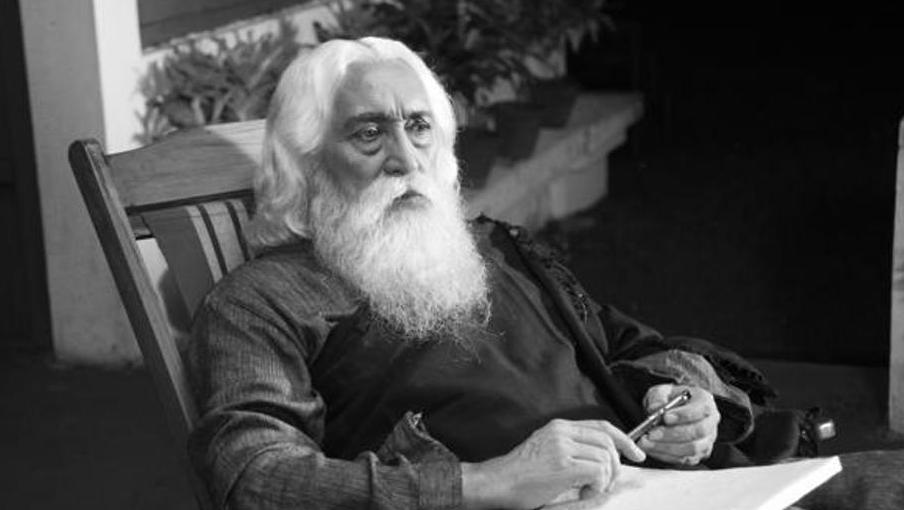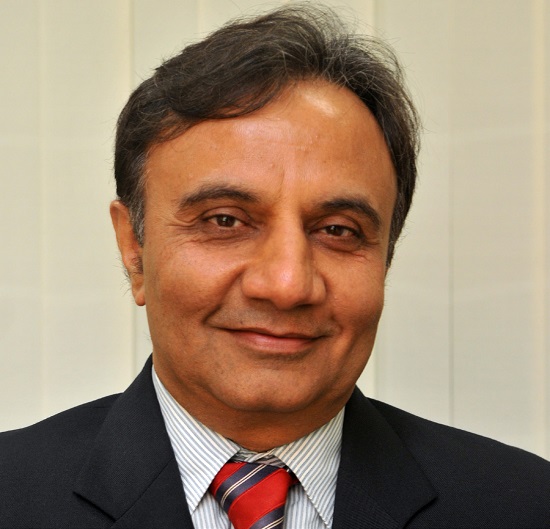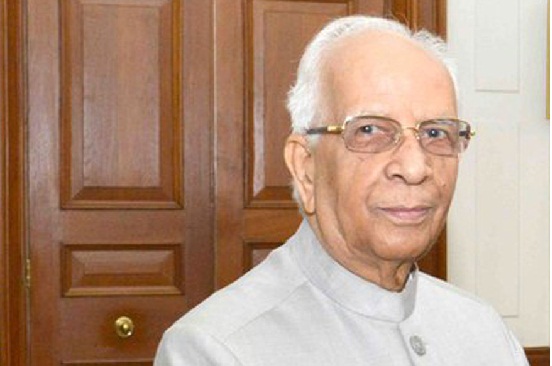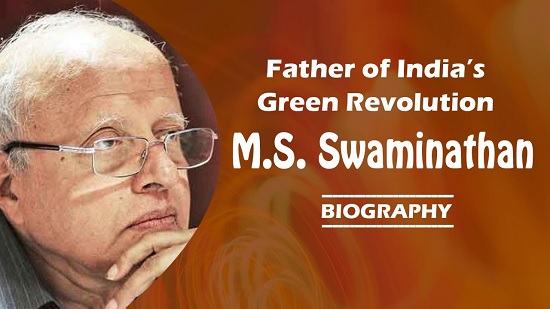Updated By: LatestGKGS Desk
Gurudev Rabindranath Tagore: Profile, Political views, works, awards, and achievement

Gurudev Rabindranath Tagore literary works and legacy
Rabindranath Tagore’s talent was multifaceted, although he found himself in poetry. Gitanjali, which was released in 1910, was a collection of poems that received the prestigious Nobel Prize in literature.he was the first Indian-in fact, the first non-European-to receive this honor. Other important works are Manasi (1890), Sonar Tari (1894), Gitimalya (1914), and plays such as Raja (1910), Dakghar (1912), etc.
Rabindranath Tagore was also an accomplished artist, leaving behind several paintings that are a treasure in themselves. He was also interested in music, and wrote a few songs and provided music for them.
As far as the national freedom movement was concerned, Tagore presented a dilemma to the nationalists. He maintained internal reform to be the sole objective, stressing on education as the ultimate solution to India’s problems. He played the crucial role of peacemaker during the standoff between Gandhi and Ambedkar regarding special status for the untouchables, breaking a pernicious deadlock.
The legacy of Rabindranath Tagore still shapes young minds and hearts in India, beckoning them to expand their horizons and challenge the established order. It’d be unfair to classify this man of many talents as a poet, leader or writer, but perhaps his contribution as a social reformer was the most important.


